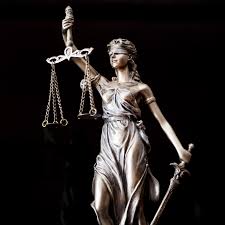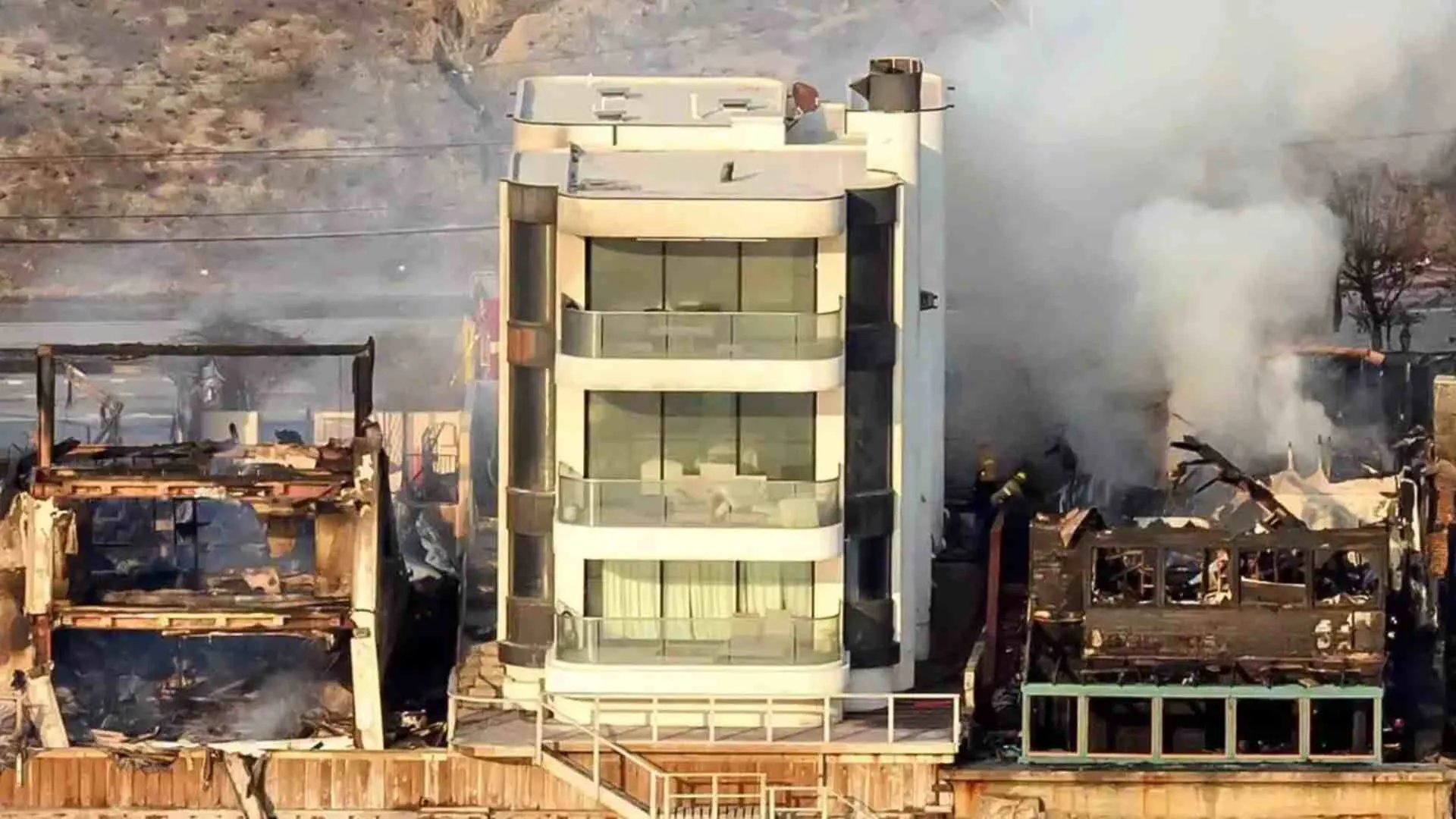The Supreme Court bench headed by CJI DY Chandrachud announced the formation of webpage wherein stating that the said webpage could now help researchers across the world to learn more about the landmark judgement which was being pronounced on April 24, 1973. Therefore, the Supreme Court formed the webpage dedicated to the landmark judgement on the 50th anniversary of the landmark judicial pronouncement in the case Kesavananda Bharati v. State of Kerala.
The bench of CJI DY Chandrachud stated that the webpage provides with the background, introduction, the arguments made, the legal key issues raised and the conclusion reached and the reference material which is being used in the case.
It has also been stated that as per the webpage the case became one of the most important cases in the history of Indian Constitution and Sri Kesavananda Bharati is being remembered as the key figure in the fight in order for upholding the principles of democracy and the rule of law in India.
Further, the case of Kesavananda Bharati being a landmark decision of the Supreme Court as the case basic structure of Constitution of India has been outlined in this case. The case of Kesavananda Bharati v. State of Kerala is known as the Fundamental Rights Case and also the Basic Structure Case. Thus, the bench of Apex Court in its seven to six decision asserted its right to strike down amendments to the constitution of India that were being in violation of the fundamental architecture of the constitution of India.
However, the 13-judge Constitution bench of Supreme Court was formed in the case of Kesavananda Bharati, wherein the bench deliberated on the limitations of the powers of the elected representatives of the people and also the nature of the fundamental rights of an individual. Therefore, the Supreme Court in its verdict also divided seven to six and has held that while the Parliament has wide powers, the same did not have the power to destroy or emasculate the basic elements or the fundamental features of the constitution of India.

















